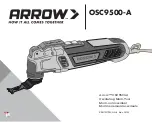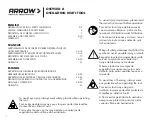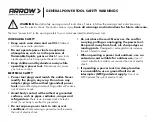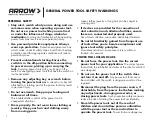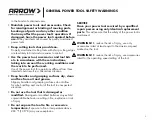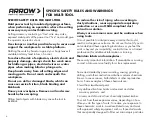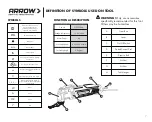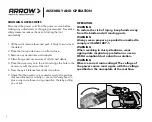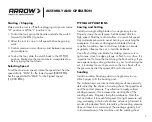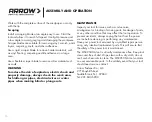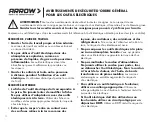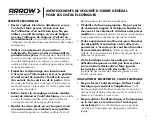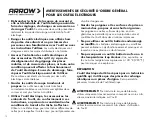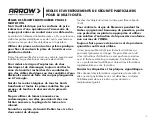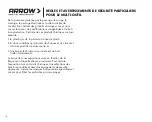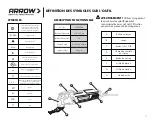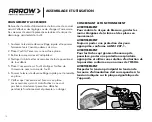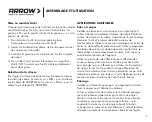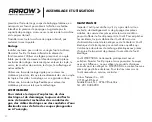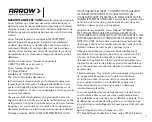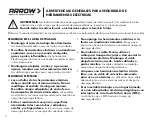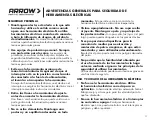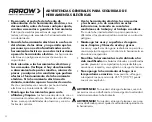
ASSEMBLY AND OPERATION
Starting / Stopping
Make sure the tool is off before plugging into power source.
“O” position is off the “I” position is on.
1. To start the tool, grasp the handle and slide the switch
forward to the ON (I) position.
2. Allow the tool to come to full speed before beginning
work.
3. Control pressure and surface contact between accessory
and workpiece.
4. To stop the tool, slide the switch back to the OFF (O)
position. Make sure the tool comes to a complete stop
before laying the tool down.
Selecting Speed
To set the maximum speed, rotate the speed dial. Set the
speed dial to “MIN” for the lowest speed (8000 RPM).
Set the speed dial to “MAX” for the highest speed
(16,000 RPM ).
TYPICAL APPLICATIONS
Sawing and Cutting
Install a sawing/cutting blade at an angle easy to use.
Properly clamp the workpiece. Set the speed dial to a
high speed. Start the tool and allow it to reach full speed.
Use moderate pressure to avoid burning or scorching the
workpiece. Use only undamaged saw blades that are
in perfect condition. Bent or dull saw blades can break,
negatively influence the cut, or lead to kickback.
Use a flush cutting saw blade for making precise cuts in
tight areas, close to edges, plunge or flush to a surface. It is
important not to force the tool during the flush cutting. If you
are experiencing a strong vibration in your hand during the
cut, it indicates too much pressure on the tool. Back off on
the pressure and let the speed of tool do the work.
Sanding
Install a sanding backing pad at an angle easy to use.
Attach paper to fit the backing pad.
The material removal rate and sanding result are primarily
determined by the choice of sanding sheet, the speed level,
and the contact pressure. Pay attention to apply uniform
sanding pressure; this increases the working life of the
sanding sheets. Properly clamp the workpiece. Start the
tool and allow it to reach full speed. Use light pressure and
long, sweeping, side to side strokes, advancing forward to
produce the desired finish. Intensifying the sanding pressure
does not lead to an increase of the sanding capacity, but
to increased wear of the machine and the sanding sheet.
9

